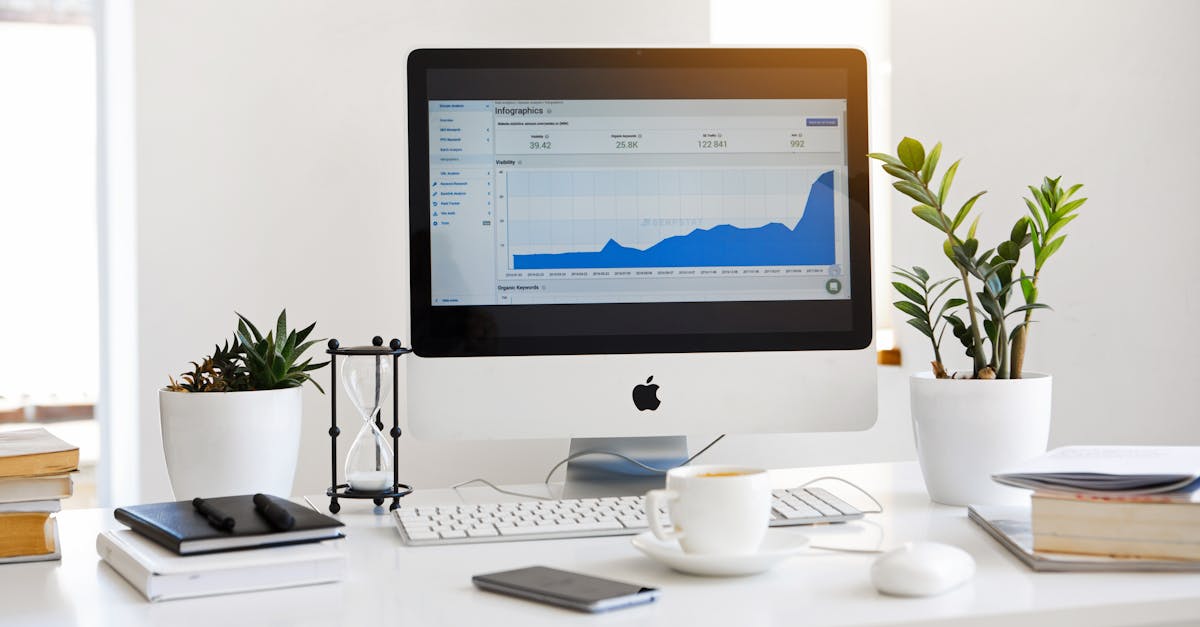
May 5th, 2025


Written by Bobby Abrams
With the rising competition in retail and ecommerce, making every marketing pound count matters more than ever. Google Shopping campaigns can be a game changer for small and medium-sized businesses, but without a sharp strategy, budgets can vanish fast with little to show for it. At EClickPro, we’ve helped dozens of businesses scale their campaigns efficiently, rooting out wasted spend and boosting real ROI. In this detailed guide, we break down five actionable ways to cut costs and improve efficiency in your Google Shopping campaigns—sharing the practical methods, tools, and industry insights we put to work for our clients every day.

Your product feed is the core of your Google Shopping success—think of it as your digital shop window. A messy, incomplete, or inaccurate feed bleeds ad spend, reduces impression share, and hands your competition the win. Here’s how we recommend tackling feed optimization:
At EClickPro, we recommend regularly running a full audit to identify errors (like missing GTINs or poor titles) and areas for content enhancement.
Structure your titles to include key search terms naturally. For example: Brand + Product Type + Key Attributes (e.g., colour, size).
Use relevant keywords, but ensure clarity and readability. Well-written descriptions increase both Quality Score and CTR.
Google penalizes for low-res or staged images. Shoot for real, clear photos that match your brand's tone.
Test, analyse, and cut products with consistently high spend and low conversion. They sap budget from your bestsellers.
One of the biggest mistakes we see is lumping all products into a single Shopping campaign or a few generic ad groups. Segmentation empowers granular control over bidding and budgeting. Here’s how to go beyond the basics:
Group similar products with comparable margins and performance. This allows for smarter budgeting and tailored performance tracking.
Assign custom labels by margin, price band, seasonality, or inventory level—allowing you to adjust bids or pause products for maximum efficiency.
Structure campaigns to spotlight your top performers. High-margin products deserve higher bids and more exposure.
New launches or experimental items should get their own campaign with a tailored testing budget.

Automated bidding can be tempting, but handing all your budget to Google’s algorithms isn’t always optimal—especially for businesses working towards efficiency. Our process introduces smarter bidding by:
Know your break-even and profit-driving targets. We help clients backtrack from their margin data to set realistic ROAS ranges per product group.
weak bids by device, location, audience, and time of day, focusing spend where it's proven to deliver results.
Sometimes, a carefully-tuned manual CPC campaign can outperform Smart Shopping. Run A/B splits for at least 30 days and let data guide the shift.
Even in Shopping campaigns, regularly adding negative keywords prevents waste on irrelevant searches.
It’s easy to drown in data, but the trick is to focus on what actually drives financial performance. Here’s the approach our project managers take with clients:
High sales are exciting, but high-margin conversions should guide your strategy. Layer cost-of-goods and margin data into your reporting.
Clicks are cheap compared to sales. Optimise for conversion rate and order value, not just traffic volume.
Leverage advanced reporting tools to build dashboards providing real-time clarity on what’s working—and what’s draining budget.
We recommend at least weekly reviews of product group and search term performance to uncover waste and highlight wins.

Google Shopping isn’t a ‘set it and forget it’ platform—competition changes, seasonality fluctuates, and customer search behaviour evolves. We lean on these proven processes for ongoing improvement:
Small leaks add up. Catch runaway spend on rogue keywords or product groups fast.
Regularly analyse the Search Terms Report to find new high-converting keywords, then use them to refine titles and negative keyword lists.
Avoid pushing products with low or no inventory to maximise spend on in-stock or high-margin items.
Anticipate and prepare for trends (holidays, Black Friday, weather, etc.), flexing bids and budgets proactively.
Use tools to track competitor pricing and ad activity, but always put your unique value (e.g., faster shipping, better bundles) front and centre.

Even with solid internal skills, Google Shopping rewards specialists who live and breathe the platform. At EClickPro, our Google Shopping experts, e-commerce managers, and project leaders have driven more than a 145% client revenue increase in 3 months and slashed wasted ad spend by up to 40%. Why? We obsess over process, data, and the details. If you’re ready to stop wasting money and start scaling with confidence, connect with us at EClickPro and request a free 24-hour audit to uncover your missed opportunities.
In summary, trimming the fat from your Google Shopping campaigns doesn’t mean turning off the taps—it means redirecting each drop of spend to its highest and best use. By auditing product feeds, structuring campaigns for control, making data-driven bid adjustments, focusing on the right metrics, and committing to ongoing experimentation, you can not only slash wasted budget but also elevate your efficiency for the long run. And if you ever want another set of (expert) eyes on your strategy, you know where to find us.

Bobby Abrams specialises in helping businesses achieve better results. With a decade of sales and consulting experience, he has worked with hundreds of companies across different sectors. Bobby is passionate about using the latest technology to shape strategy and works closely with expert teams to deliver impactful projects on behalf of his clients.
The information on this website is for general guidance only. EclickPro provides digital marketing services including SEO, Google Shopping, and Meta Ads, but results vary by client and are not guaranteed. We do our best to ensure accuracy, but we do not accept liability for actions taken based on this content. For personalised advice, please contact us directly.